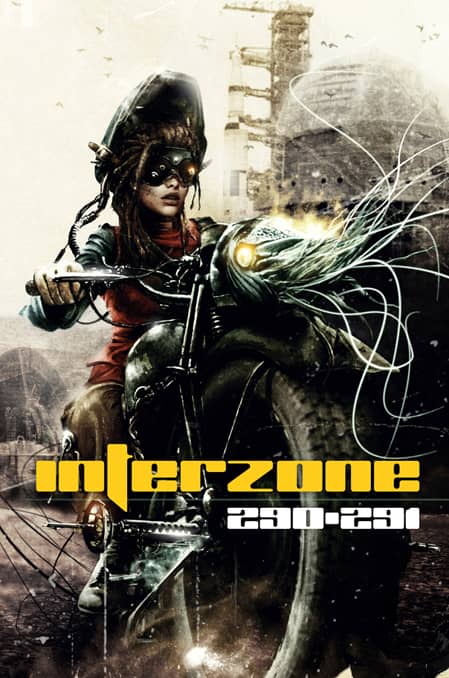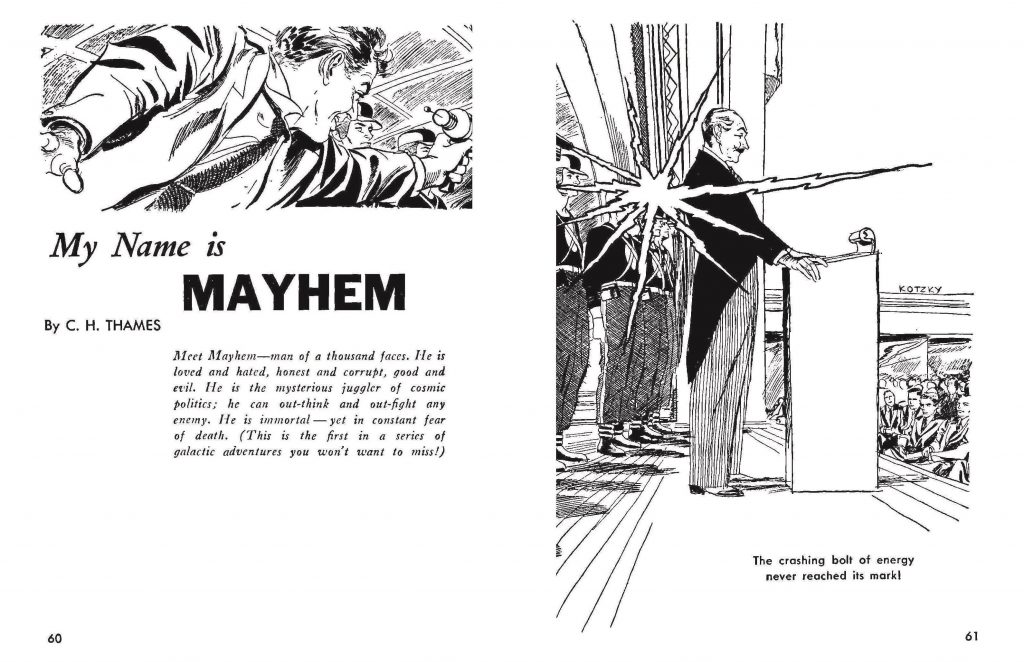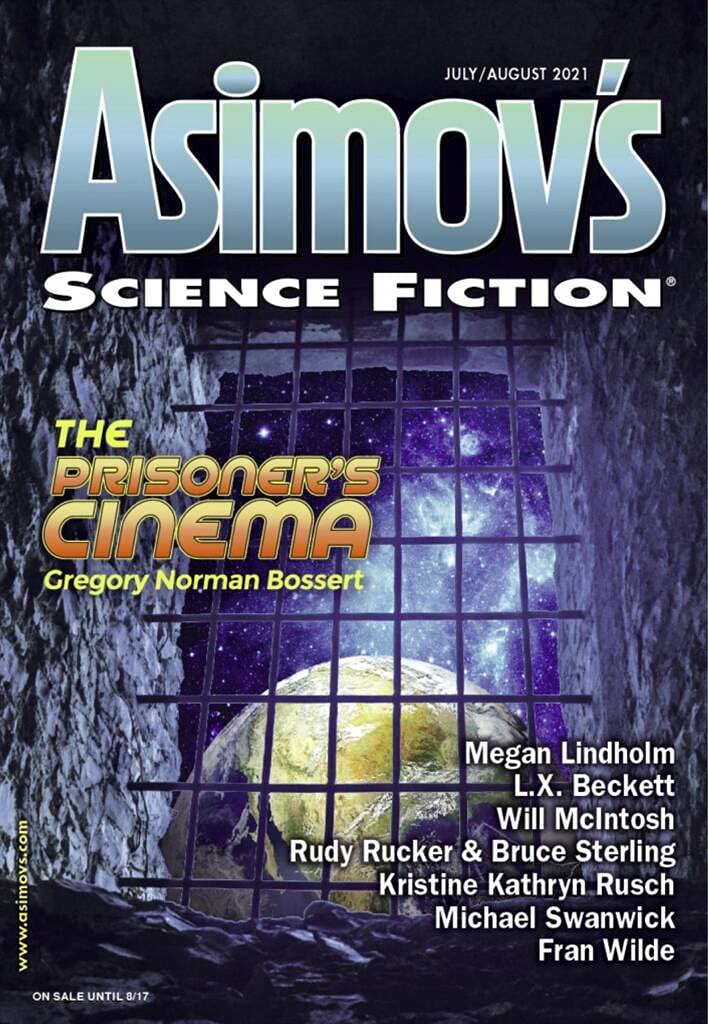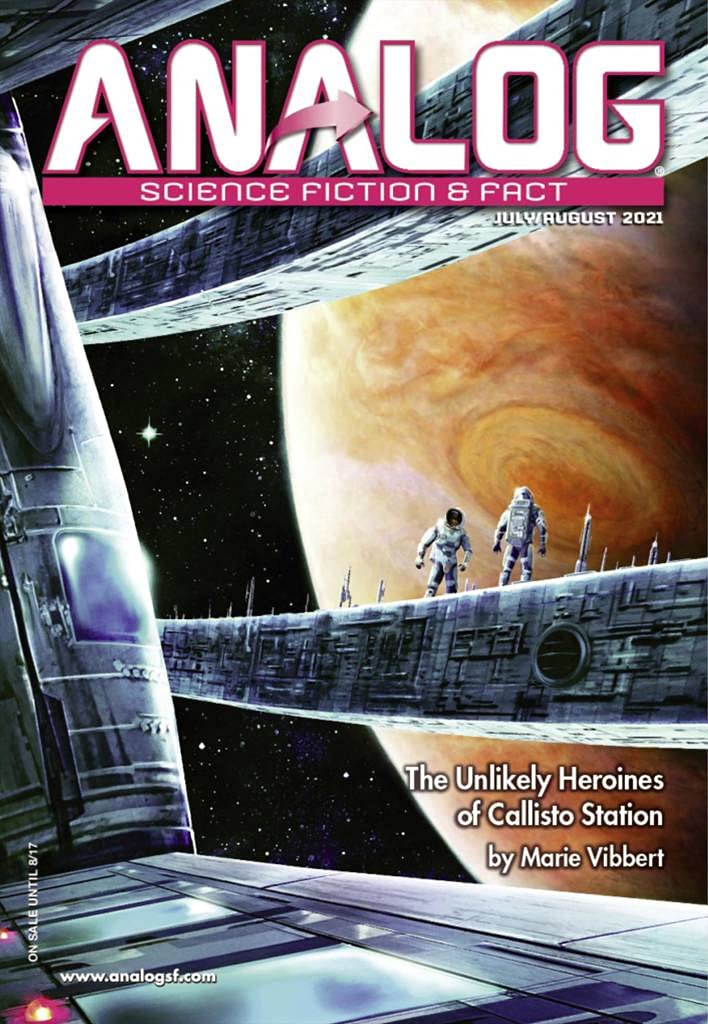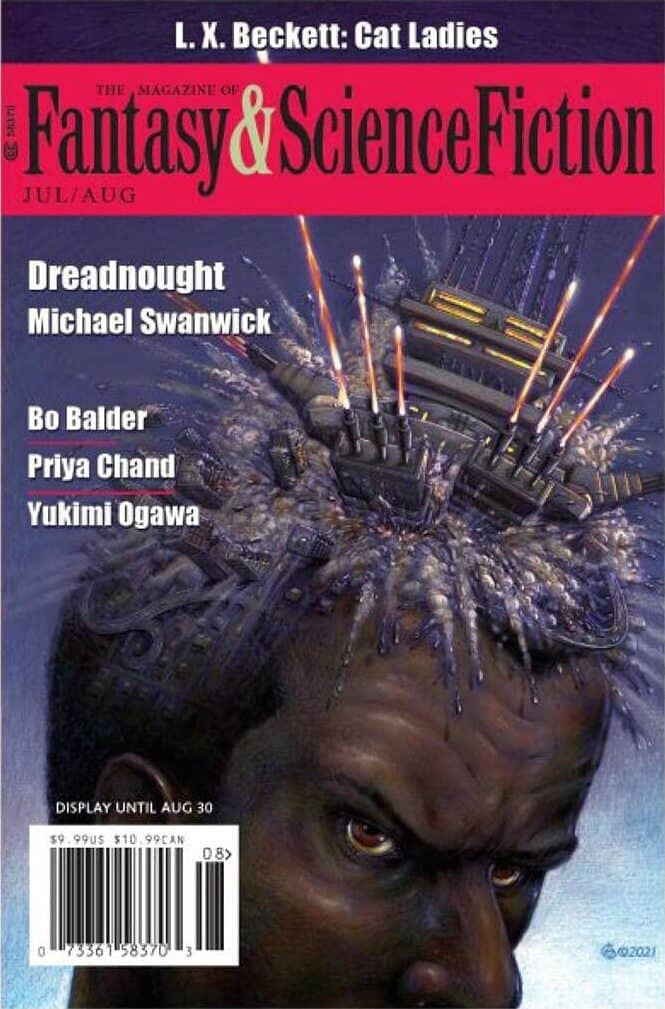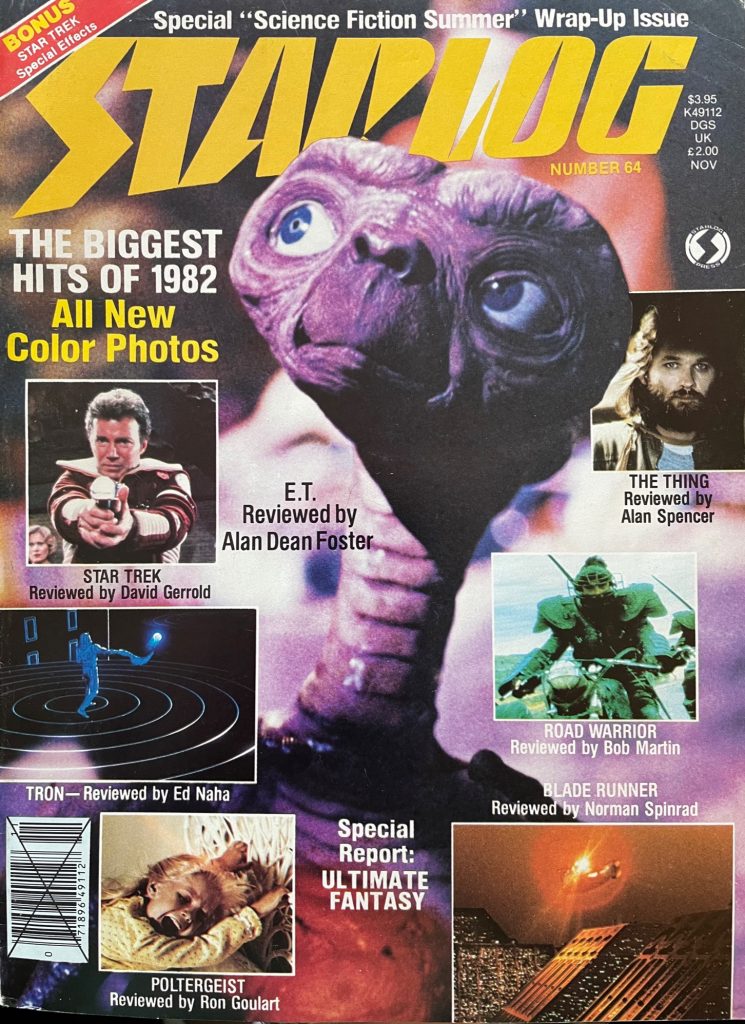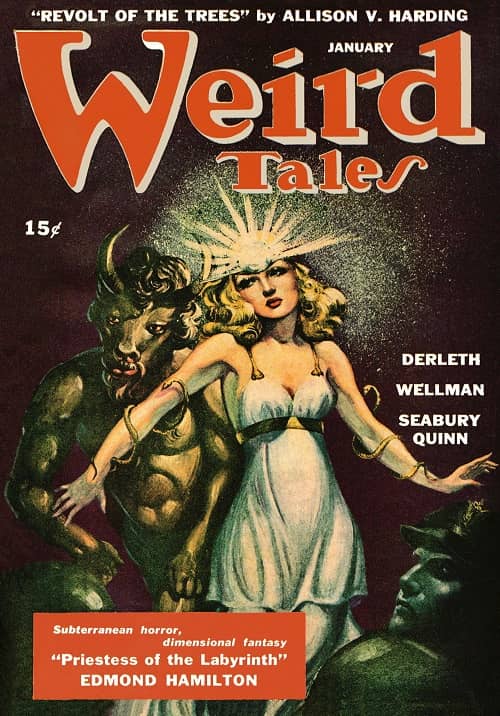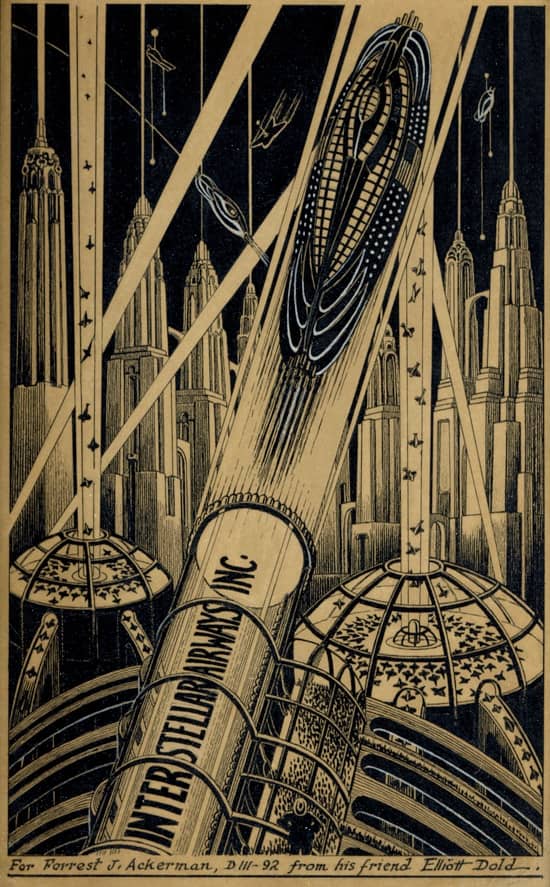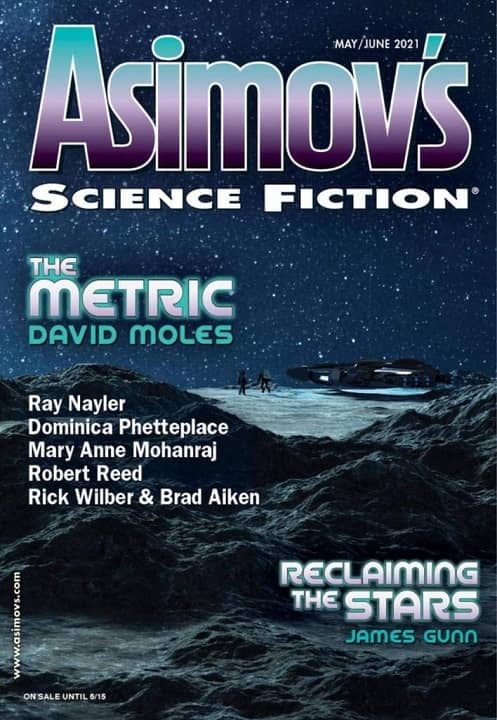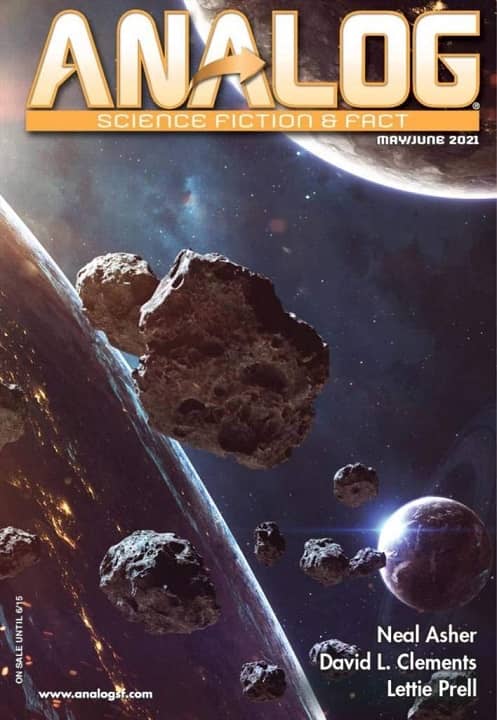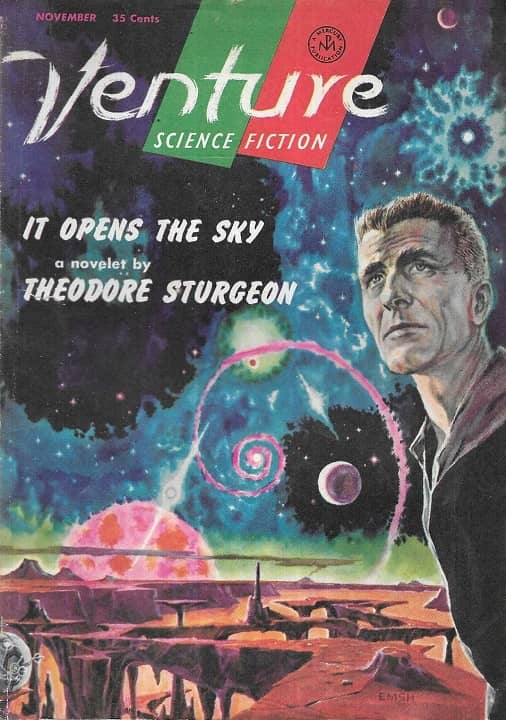Duels, Guardians, and the Realm of the Dead: Heroic Fantasy Quarterly #49
Heroic Fantasy Quarterly #49 was released to the world in August.
Fiction
“A Song of Pictish Kings,” by Adrian Cole, artwork by Andrea Alemanno and Gary McClusky. Elak of Atlantis returns to our electronic pages! Generations of Pictish raiding along the Atlantean coast comes to a sudden halt and a bold Chieftain of the Picts requests the aid of the Atlanteans against a mutual supernatural enemy. Or is it a trap? Or is it both? Thrill to the adventure of young King Elak as he unthreads the mystery!
“Old Ghosts,” by Greg Mele, artwork by Justin Pfiel. Mele returns with another tale set in his alternate history Meso-American Azatlán world. Few living men would dare to cross seasoned warrior Nopaltzin Seven-Reed, but the dead play by different rules and have different goals. Even the greatest warrior cannot live without sleep and Nopaltzin must take the fight into the world of the dead. A phenomenal tale!
“The Pass,” by Nick Mazolillo, artwork by Andrea Alemanno. Young Strand has nearly finished his training guarding the world from Otherworld. But the Otherworld has its own rules and logic and young Strand’s difficult apprenticeship is coming to a difficult end. A great, dreamy work that drifts into nightmare.

